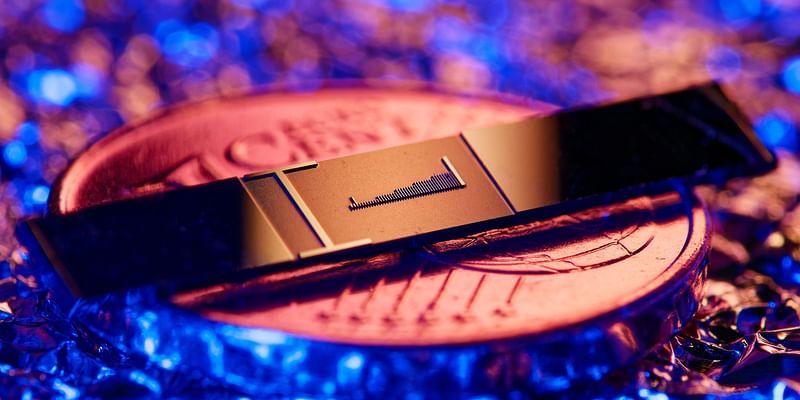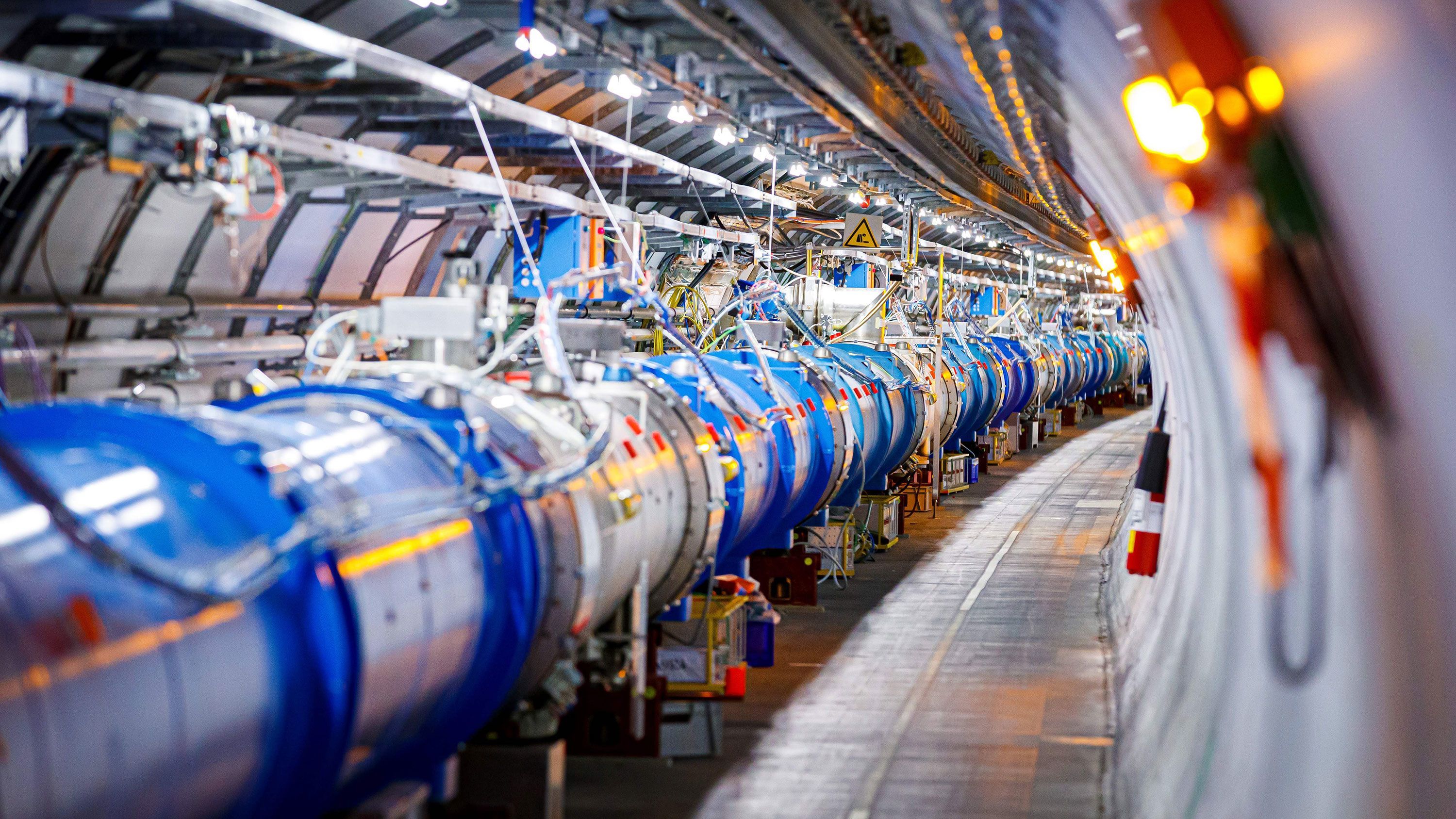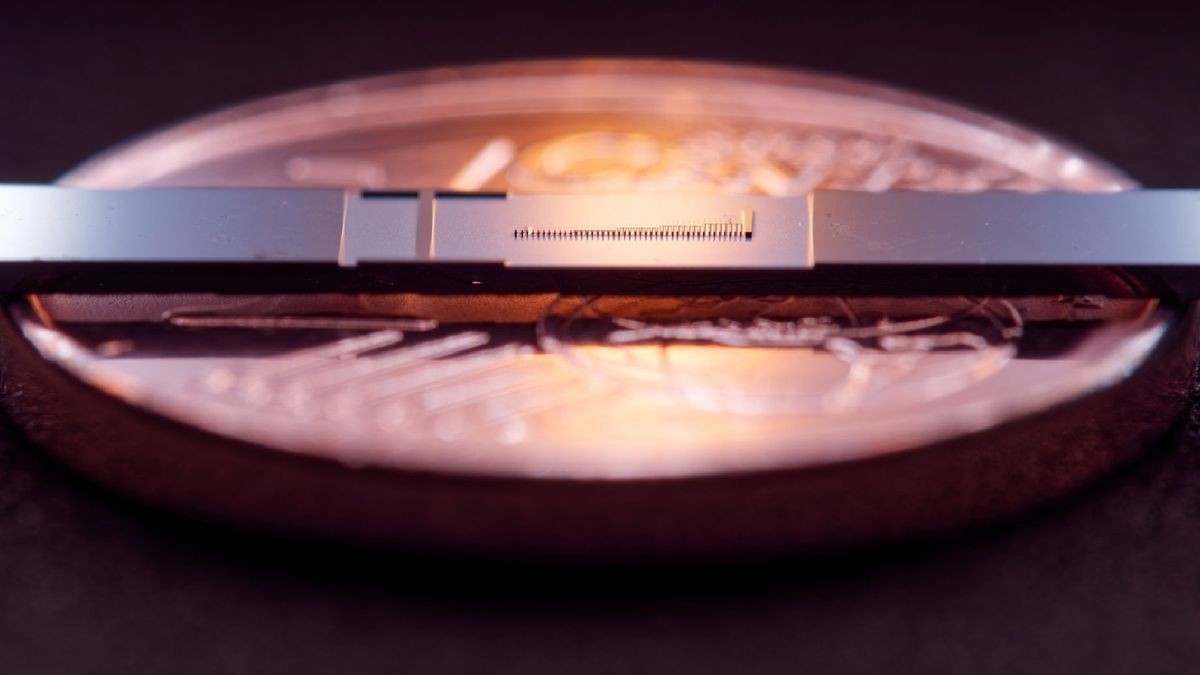
In a groundbreaking leap that seems almost out of a sci-fi novel, physicists have engineered a marvel of modern science—a particle accelerator so tiny, it could rest on a coin! Yes, you read that correctly. This isn’t just any scientific advancement, it’s a monumental stride in the realm of physics, shrinking the colossal down to the conveniently compact. In this article, we’re embarking on an electrifying journey through the atom-smashing world of particle accelerators, culminating in the revelation of this latest, pocket-sized powerhouse.
So, what’s a Particle Accelerator?
A particle accelerator, in its essence, is a high-speed racetrack for subatomic particles, used by physicists to unlock the mysteries of the universe. By accelerating particles to 99.99% the speed of light and then colliding them, scientists can observe the fundamental components of matter, shedding light on the building blocks of everything around us. These megastructures have been instrumental in discoveries like the Higgs boson, validating theories that form the bedrock of modern physics.
The Large Hadron Collider (LHC): A Gargantuan Giant

The Large Hadron Collider, nestled at CERN, 100 meters under the Franco-Swiss border, is the behemoth of particle accelerators. Stretching over 27 kilometers (17 miles) in circumference, it’s a masterpiece of engineering and the largest machine humans have ever built. The LHC propels protons to near-light speeds, facilitating collisions that mimic conditions just moments after the Big Bang. This mammoth structure has been pivotal in numerous breakthroughs, including the landmark discovery of the Higgs boson in 2012.
Size Does Matter (But Not As Much Now!)
The LHC’s impressive size comes at a cost – massive construction projects and colossal energy consumption. But what if we could achieve similar feats on a much smaller scale? Enter the ingenious new kid on the block – the nanophotonic electron accelerator (NEA). This miniature marvel is a whopping 54 million times smaller than its giant cousin!

The secret sauce behind this miniature marvel lies in cutting-edge laser technology and the innovative use of photonic circuits. Instead of relying on vast stretches of underground tunnels, this coin-sized accelerator uses high-powered lasers to accelerate electrons in a chip. The chip is etched with intricate patterns that guide the electrons, using the energy from the lasers to push them to significant fractions of the speed of light. This approach not only drastically reduces the size of the accelerator but also promises to make these devices more accessible and affordable for research around the globe.
The Implications: Big Dreams in Small Packages
The miniaturisation of particle accelerators opens a Pandora’s box of possibilities. From revolutionising cancer treatment with precise, targeted radiation therapies to unlocking new materials and energy sources, the applications are as vast as they are thrilling. It heralds a new era in scientific research, where cutting-edge experiments are no longer tethered to gigantic facilities but can be conducted in labs, universities, and perhaps even in space!
The miniaturisation of particle accelerators is a game-changer. It opens doors for more accessible, portable, and even more specialised applications. This is a giant leap for mankind (well, on a microscopic scale) – one that promises to revolutionise our understanding of the universe, one tiny particle at a time!
Edited by Rahul Bansal



![Read more about the article [Funding roundup] Hudle, Snooplay, TruBoard Partners raise early rounds](https://blog.digitalsevaa.com/wp-content/uploads/2022/07/Images51u-1657020995722-300x150.jpg)






